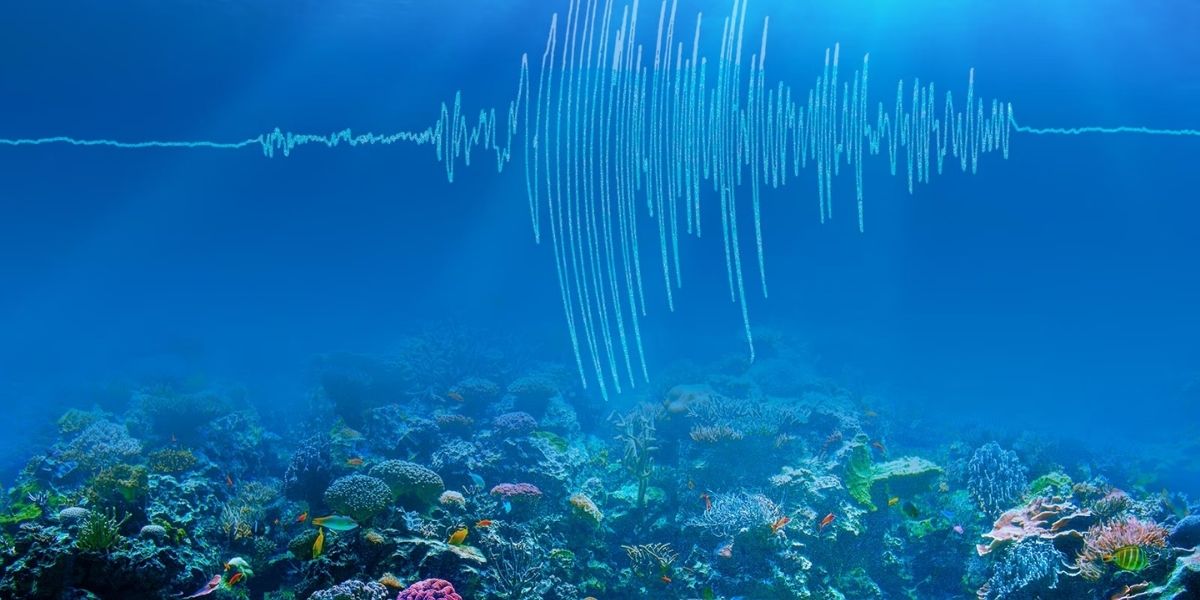
A study by the Guangzhou Institute of Geochemistry has revealed a startling truth: earthquakes power deep underground life by generating chemical energy that sustains microbial ecosystems in Earth’s crust.
Scientists simulated faulting in quartz-rich rocks under lab conditions, both cracking and grinding, to study how seismic activity might affect buried environments. Their experiments showed that these tectonic movements split water molecules into hydrogen gas and hydrogen peroxide, both vital for microbial life.
The compounds produced during faulting kickstart iron redox cycling, a process that produces a steady electron flow used by subterranean microbes. In rock fissures filled with microbial communities, the energy yield was up to 100,000 times higher than traditional geologic energy sources like serpentinization or radiolysis.
Researchers describe this as a natural “underground power grid” where seismic motion is converted into chemical energy. Iron cycles between its ferrous and ferric states, creating a self-sustaining energy loop that fuels life without the need for sunlight.
The implications stretch far beyond Earth. If earthquakes power deep underground life here, similar tectonic or ice cracking activity on other planets or moons might fuel alien microbes in the same way. Places like Mars or Europa could host oxidant-rich zones where microbial life thrives without the need for light or surface warmth.
With this discovery, researchers now aim to identify other oxidant producing environments both on Earth and beyond. The presence of fault induced hydrogen and redox cycling could become a key indicator for life in extreme or unexplored habitats. This breakthrough challenges long held assumptions about energy availability in the deep biosphere and provides fresh leads for future space missions.
